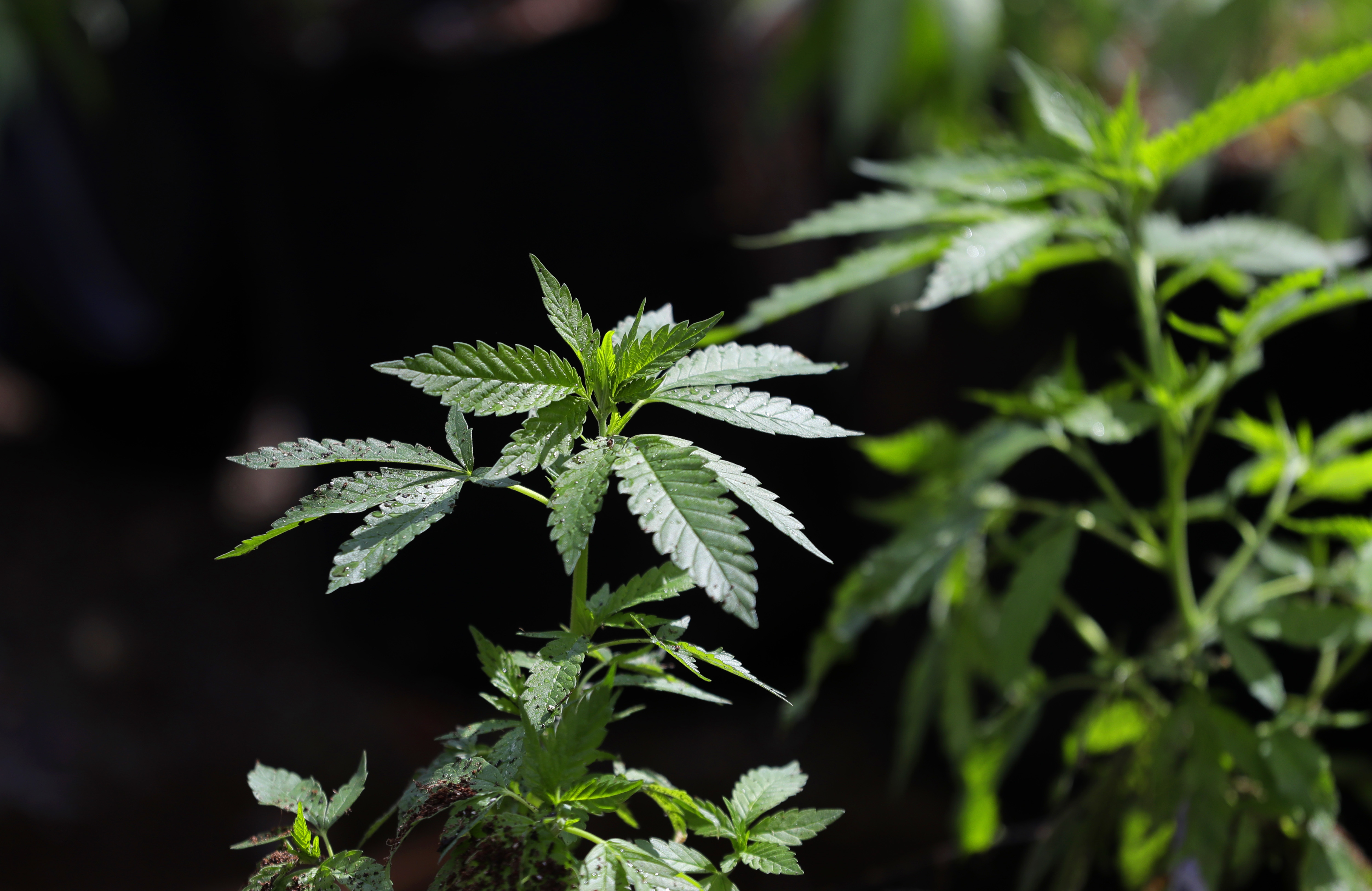We're in our third fall with COVID. And with winter coming, White House COVID-19 Response Coordinator Dr. Ashish Jha says there aren't enough COVID tests.
"We do not have funding for the next generation of vaccines and treatments," Jha said. "We had money allocated for a stockpile of tests and personal protective equipment, remember, having enough PPEs for doctors and nurses, pretty critical. We were going to have a national stockpile. We do not have an adequate stockpile of that, or of tests, because we had to pull resources to make sure that we had enough vaccines."
Doctors are watching a few Omicron subvariants. Think of them as children or grandchildren on COVID's family tree.
BA.4.6 is a descendant of the BA.4 variant of Omicron.
BF.7 is BA.5's "child." And BA.2.75 is Omicron BA.2's "child."
This week's CDC data shows the three subvariants accounting for 20% of genetically sequenced cases. It was 17.5% the week prior.
"The silver lining is BF.7 seems to be more transmissible. So it's actually rising on the charts much faster, both in the U.S. and in Europe, compared to that more scary-looking BA.2.75," said Dr. Peter Chin-Hong, professor of medicine and infectious disease specialist at the University of California San Francisco.
Experts say people can have more protection against all three subvariants with the updated COVID shots and boosters.
The FDA just recently approved the new Omicron subvariant-targeted booster for children as young as 5 years old. But a September Kaiser Family Foundation found two-thirds of U.S. adults aren't getting updated COVID-19 booster shots soon.
Chin-Hong says this is the group COVID patients that is growing.
"People older than 75 are vaccinated, but not sufficiently vaccinated," he said. "So, they've gotten two doses but they haven't gotten a single booster yet. Mainly, you know, it wasn't convenient or they didn't think they needed it. "
Chin-Hong's other big message: Don't forget the flu. He joins federal health officials like Jha urging people to get their flu shoot, too.
"Given what we've seen in Australia this summer, our summer their winter, it's reasonable to expect we're going to see a significant flu season this year," Jha said.
"For the last few years, we've cried wolf: Twindemic, twindemic. But this year, I think the writing is on the wall," Chin-Hong said. "We're already seeing it occur much earlier and in many parts of the U.S., including New York."
He says children, especially, should get that flu shot by Halloween this year.




 4.4M Americans Roll Up Sleeves For Omicron-Targeted Boosters
4.4M Americans Roll Up Sleeves For Omicron-Targeted Boosters






